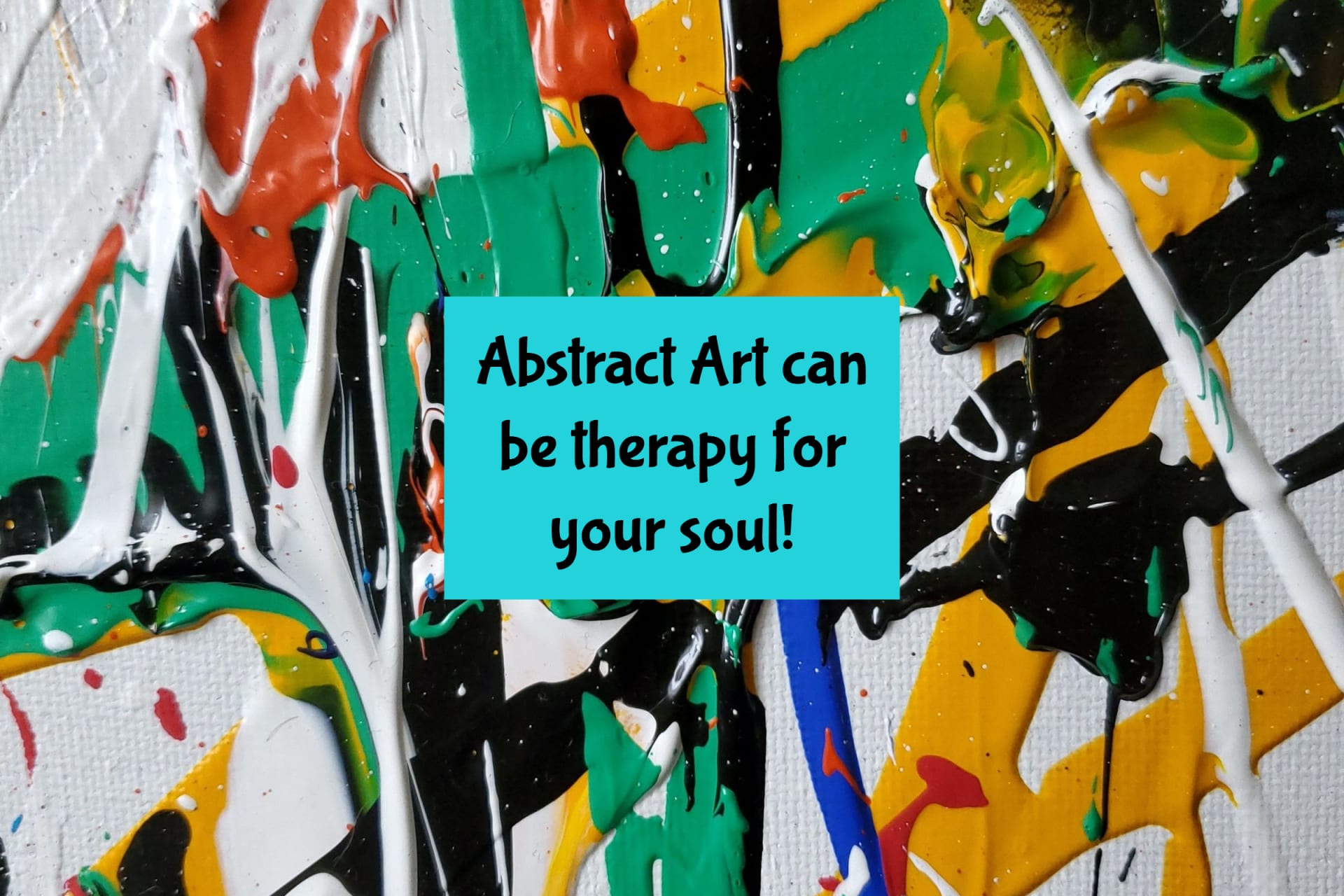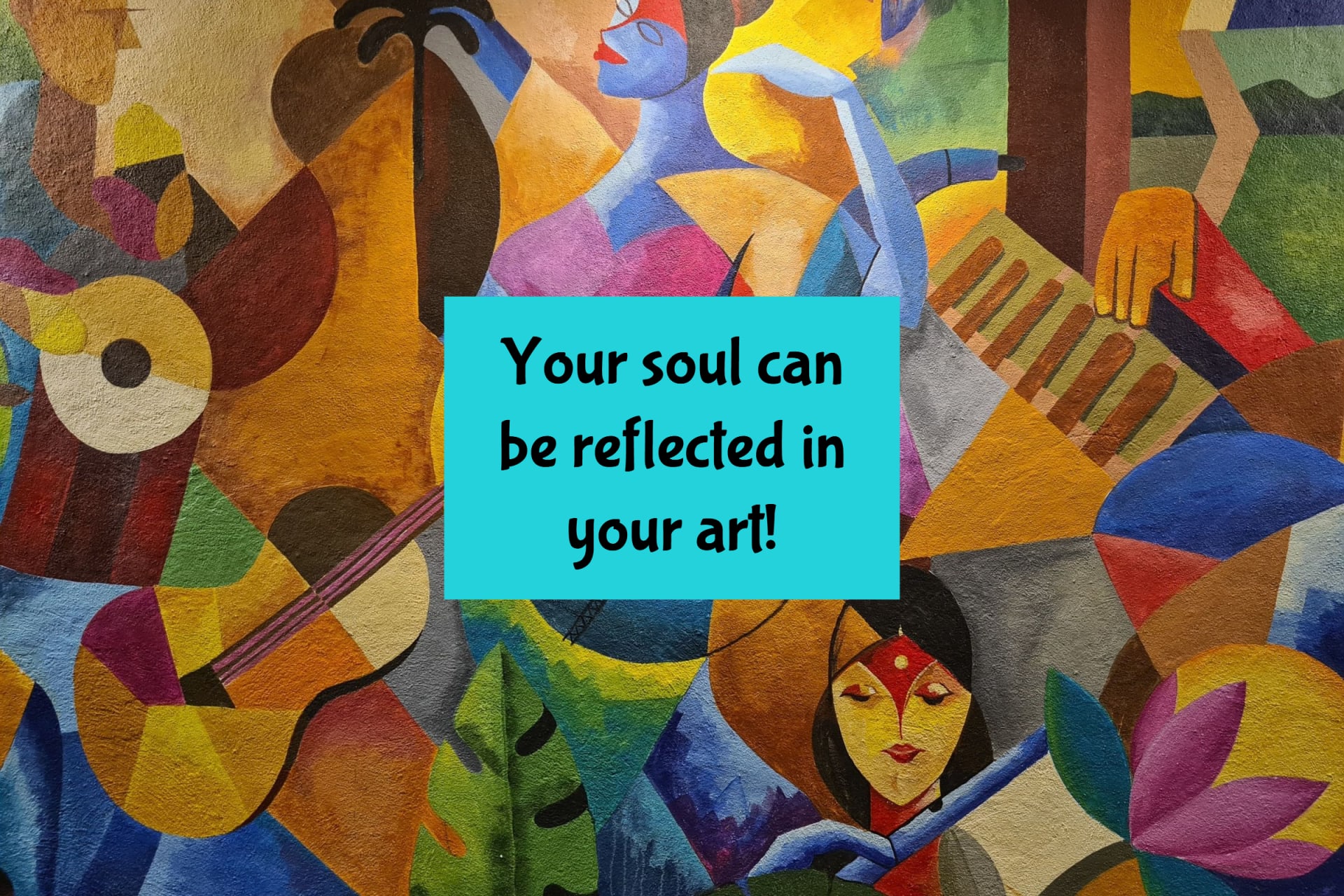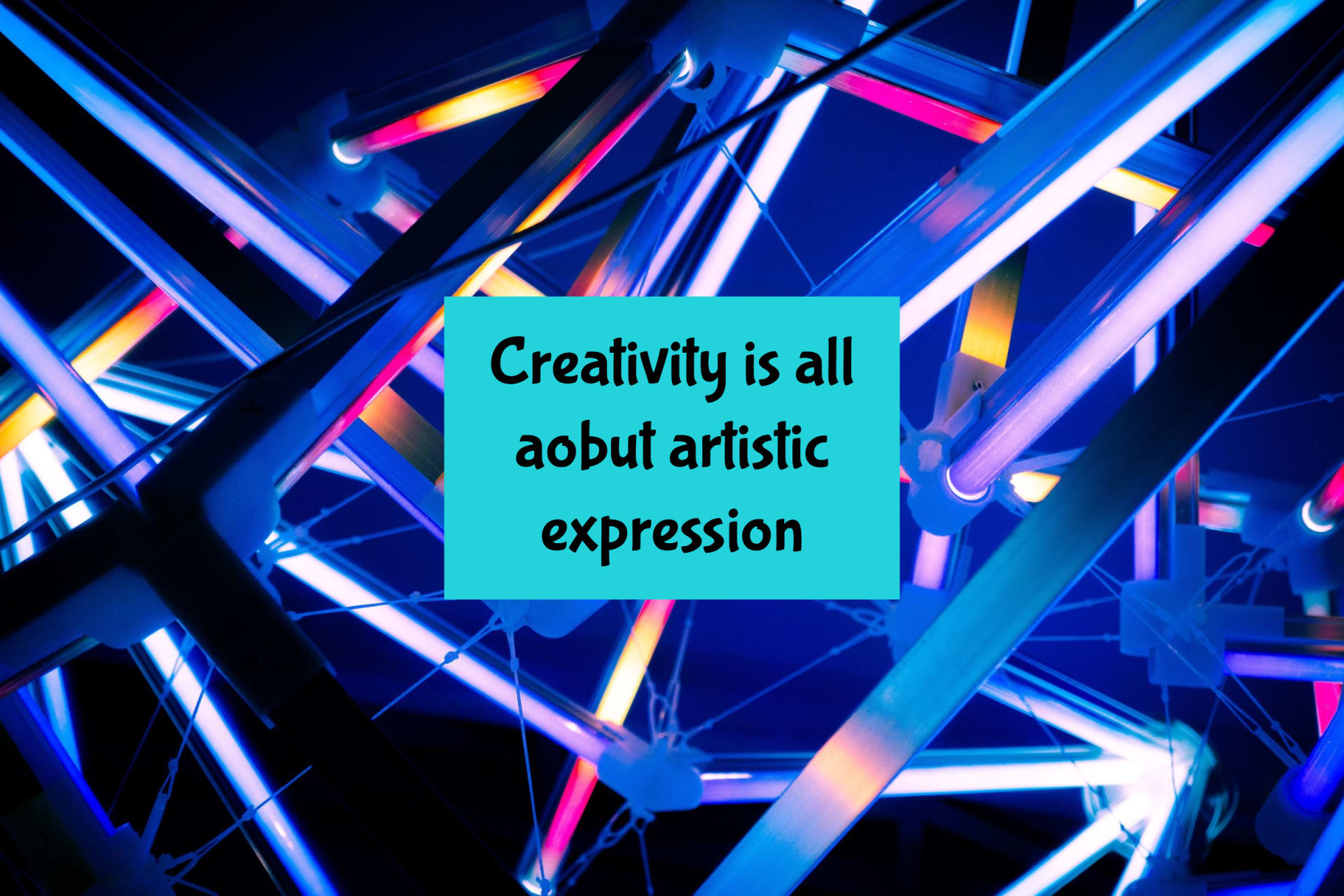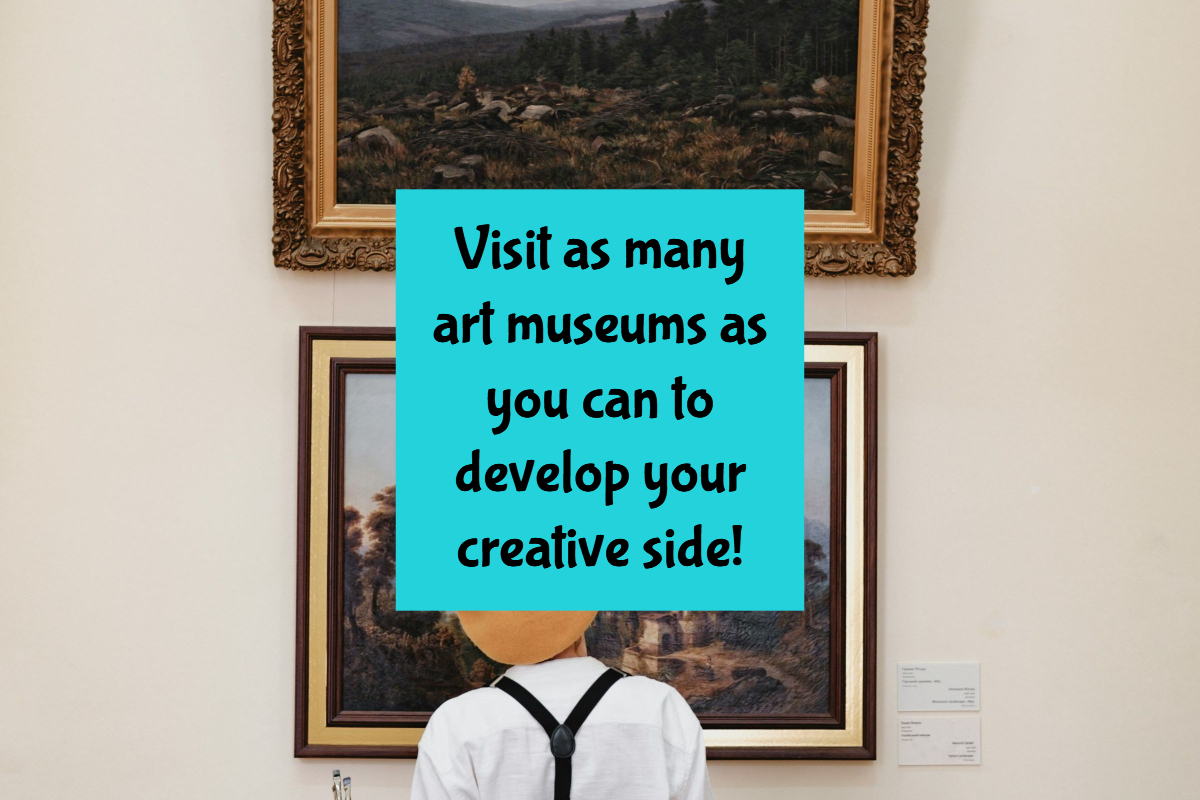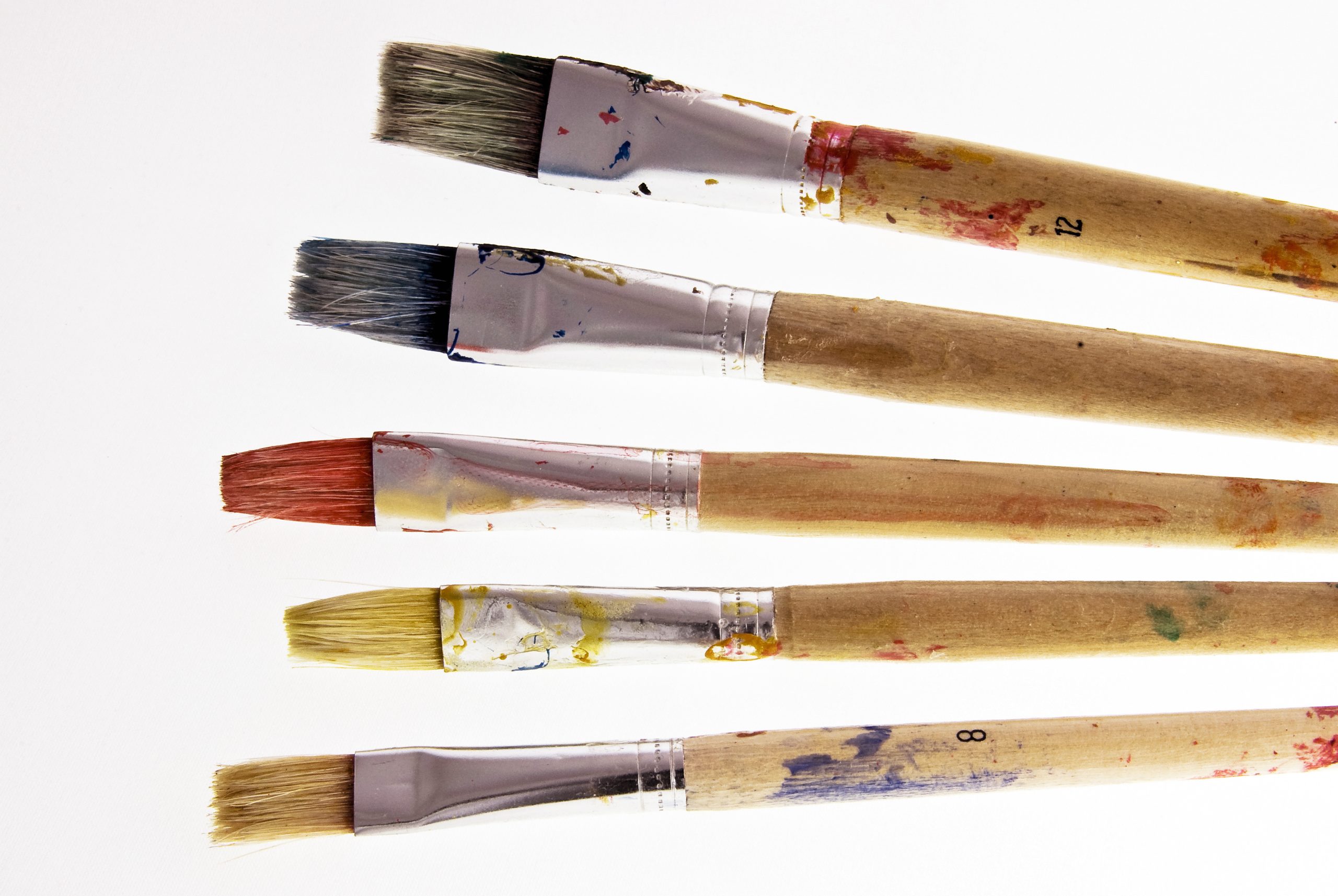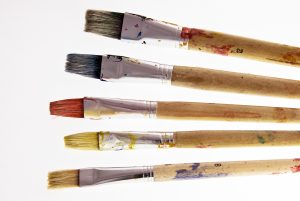Add extra value to your art work – part one
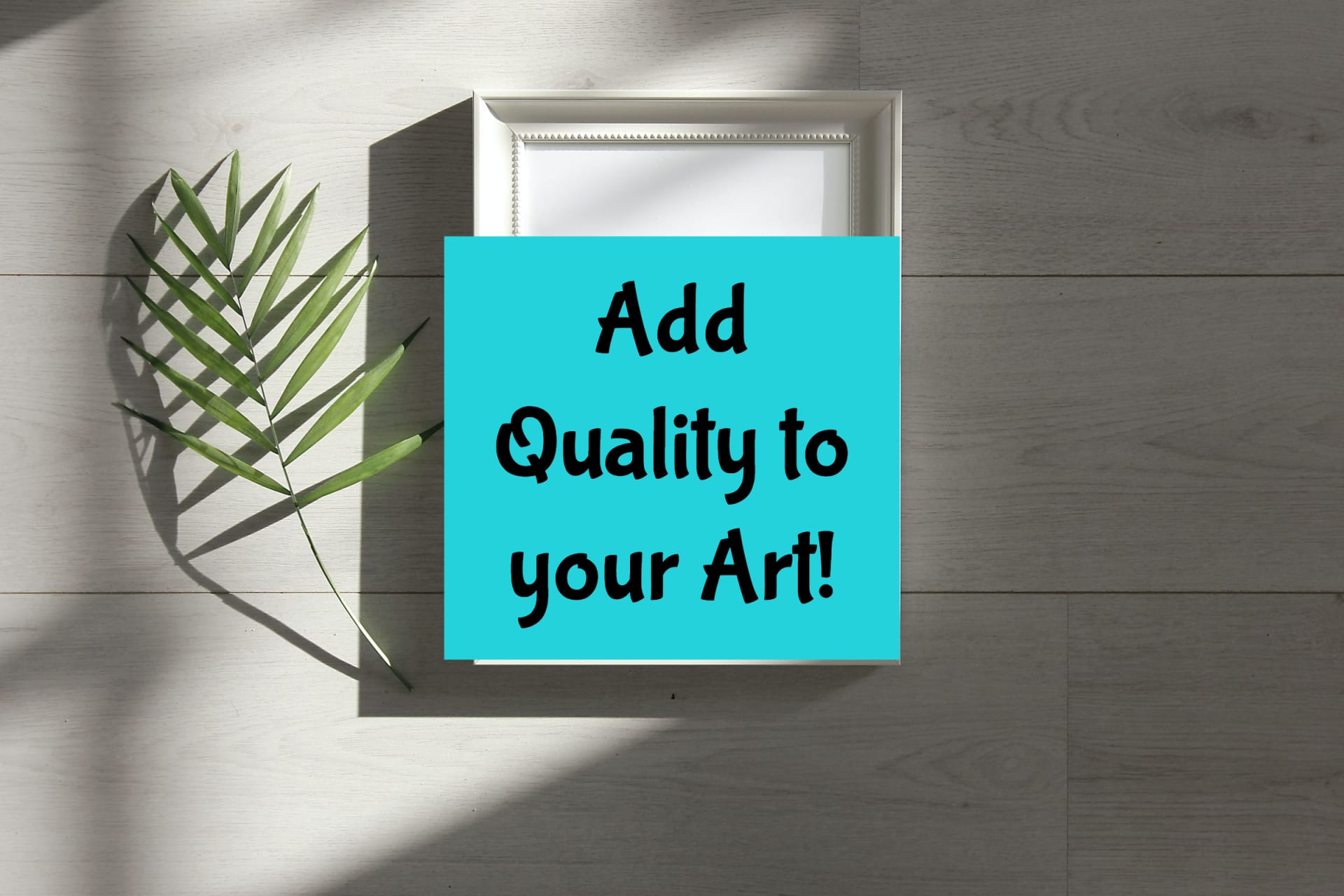
There are several things that you might not have thought of, that add extra value to your artwork and can make it worth more money when you come to sell it. I’m not talking here about reworking pieces you feel haven’t come up to scratch. Yes, it is sometimes possible to rescue a less than perfect watercolour by using a pen and ink technique, and you can paint right over parts of an oil or acrylic painting to in effect completely rework the area, but here I am talking about techniques that don’t involve changing your artwork in any way.
Sometimes you only need to put a cardboard mount around a painting to bring it out of the doldrums, and there is no doubt that the right mount and frame can do wonders for a slightly mediocre piece of art. For a sculpture, or a piece of ceramics, the right stand and appropriate lighting can make a big difference to the way it displays, but after you’ve made sure that your artwork is being displayed to its best what else can you do to add to its worth?
The first and most important thing you should do is make sure that your artwork is signed legibly. It’s surprising how many people forget to sign their art, but it makes a big difference to the buyer. A signed piece of work is worth more money than an unsigned one, and it doesn’t matter whether you sign it on the front, at the top or bottom, within the composition, or even on the back, just as long as you sign it. If you have an illegible signature spare a thought for future generations trying to make out what it says and wondering whether they have a piece by a famous artist. The first thing almost everybody wants to know about any piece of artwork is who made it, what’s the name of the artist. If it’s unsigned it’s almost as though you didn’t rate it enough to put your name to it, and if you don’t rate it no one else will either.
The second thing you need to do, in order to add value to your art, is to give it a title. Now, some people don’t like titling their work because they feel that it pigeonholes it and in some way restricts the viewer to seeing it within a particular set of conceptual boundaries, so if you are one of these people then you should really consider calling it ‘Untitled’. Even with the title that says ‘Untitled’, a piece of work is worth more money than if it doesn’t have a title at all. Artwork without a title leaves the potential buyer wondering whether perhaps it had a title once that has been lost, it leaves the buyer with an unanswered question and means they are less likely to buy it and more likely to move on to another piece instead.
Along with the title, your artwork would benefit from a short explanation about it. The more a buyer knows about a piece of work the more likely they are to buy it. If you think about it by putting yourself in the buyer’s shoes for a moment, if you’re faced with two pieces of work which are similar and you like them both, but you know nothing about one and quite a lot about the other, which one would you buy? Of course you would be much more likely to buy a piece of artwork that had information about it, because you’d feel more involved with it, you’d understand something about its history and about the person that created it, so it has more meaning for you and you feel a connection with it right from the start.
The short explanation or description about your piece of art can say whatever you want it to, there are no rules, but it’s useful to tell people either what it’s about or what it means to you. One thing you don’t want to do is tell people what it should mean to them, the viewer or buyer of your artwork wants to be able to decide for themselves what the piece means to them, and it doesn’t matter if it’s something entirely different from what it means to you.
Most people buying artwork do like to know what it was you meant as you created it, or what drove you to create the piece the way it is. This can mean telling them something about you, your thought processes as you were beginning and working through the piece, or maybe what was going on in your life at the time you were creating this piece of art. You might decide to tell them about something you’d seen or heard that affected you in a particular way and that prompted you to express something specific with this particular medium. You might be telling them that this particular piece of art is one of a collection from your ‘blue period’, or your ‘impressionistic landscape period’, or whatever.
If you don’t really want to give this information away, then perhaps instead you could describe the medium you have used, the particular techniques you’ve employed in using this medium and even the length of time it took you to create the piece. Really any information you give about the piece is better than no information at all, and it doesn’t matter whether the potential buyer understands your concept or not, it still makes it more attractive to them to know that there was an intention of one sort or another behind the original idea.


